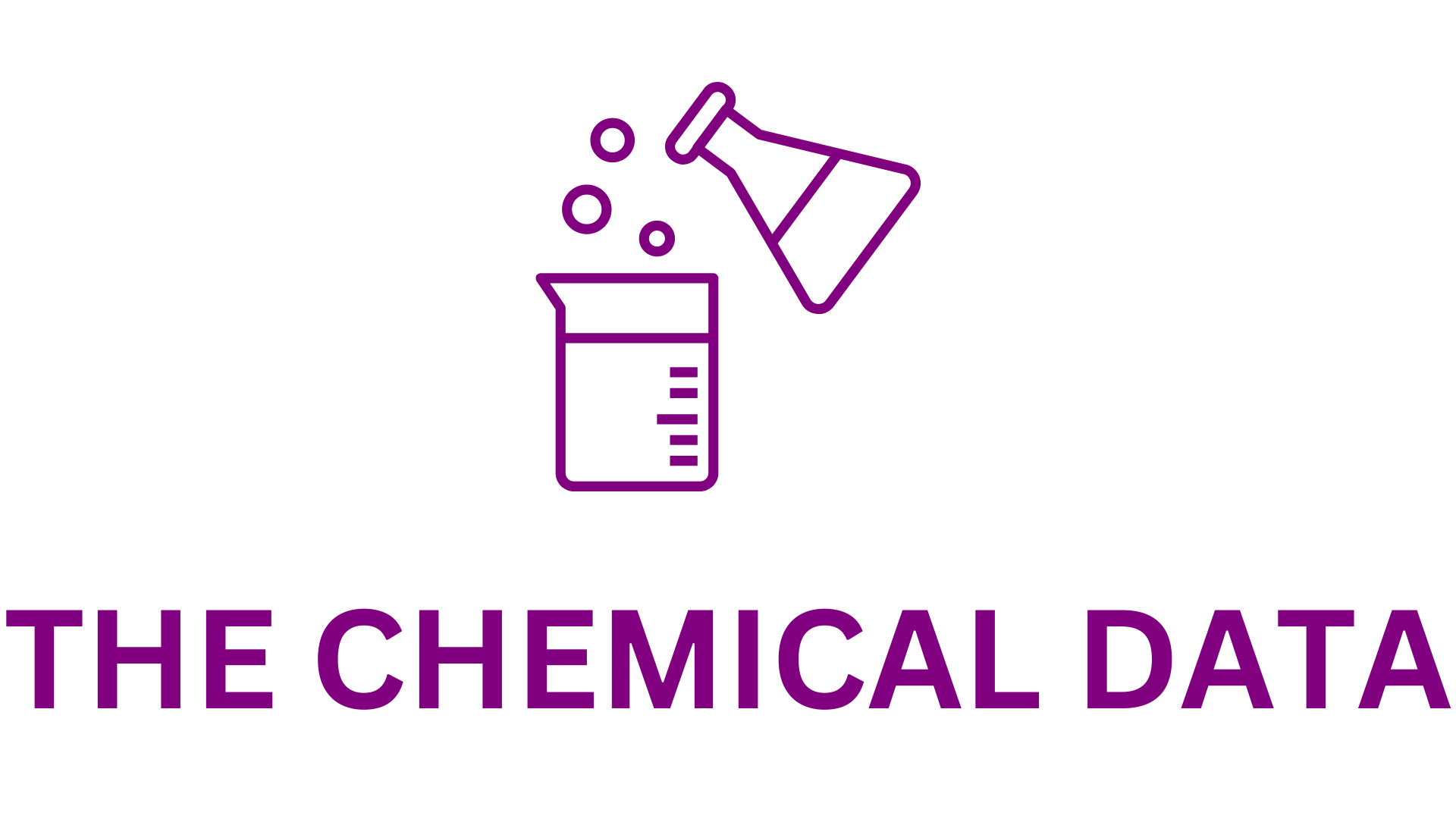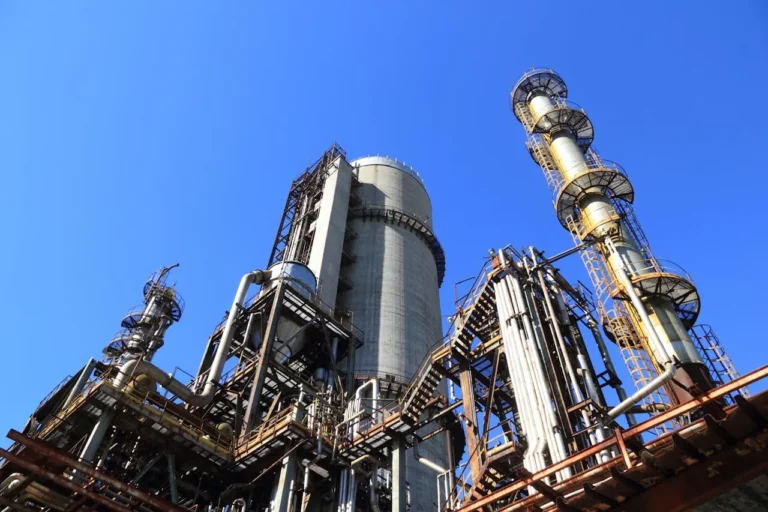
The global specialty carbon black market is poised for significant growth, projected to expand from USD 2.25 billion in 2023 to USD 3.03 billion by 2029, reflecting a compound annual growth rate (CAGR) of approximately 5.06% .
Market Overview
Specialty carbon black is a refined form of carbon black, characterized by its unique properties such as high purity, controlled particle size, and enhanced performance characteristics. These attributes make it indispensable in various applications, including plastics, coatings, inks, batteries, and electronics.
Regional Insights
Asia-Pacific (APAC): In 2023, APAC dominated the global market, accounting for approximately 41% of the total value . This dominance is attributed to the region’s robust manufacturing infrastructure and burgeoning industries. Countries like China, India, Japan, and South Korea are witnessing increased demand in sectors such as automotive, electronics, and construction. For instance, India’s specialty carbon black market generated USD 152.6 million in 2023 and is expected to reach USD 361.4 million by 2030, growing at a CAGR of 13.1% .
North America: The region holds a significant share due to its advanced industrial sectors, including automotive, aerospace, and electronics. The increasing use of specialty carbon black in ink and toner applications further propels market growth.
Europe: Europe’s market is driven by the demand for advanced electronic devices and electric vehicles. Germany leads the region, while Spain is emerging as the fastest-growing market.
Latin America, Middle East, and Africa: Though these regions currently hold a smaller market share, they are expected to experience substantial growth due to technological advancements, industrial development, and supportive government policies. In Latin America, Brazil leads the market, supported by growth in construction, electronics, and transportation sectors .
Market Drivers
- Electronics and Electrical Industry Growth: The surge in demand for consumer electronics and electric vehicles necessitates high-quality conductive materials, boosting the specialty carbon black market. For example, India’s electronics market aims to grow from USD 118 billion to USD 125 billion by 2025, indicating increased demand .
- Construction Industry Expansion: Global construction activities are projected to grow by USD 8 trillion by 2030, with significant contributions from China, the US, and India . This expansion increases the demand for specialty carbon black in construction materials.
- Automotive Industry Advancements: The automotive sector’s evolution, especially with the rise of electric vehicles, requires materials like specialty carbon black for components such as tires and batteries.
Challenges
- Environmental Regulations: Strict environmental policies necessitate the development of eco-friendly production methods, posing challenges for manufacturers.
- Raw Material Price Volatility: Fluctuating prices of raw materials like petroleum and coal oil can impact production costs and profitability.
Competitive Landscape
The market is characterized by the presence of several key players:
- Aditya Birla Group (Birla Carbon): A leading global manufacturer, focusing on sustainable practices.
- Cabot Corporation: Known for its innovations in lithium-ion battery applications.
- Orion S.A.: Expanded its gas black production capacity in Germany in 2023, strengthening its market position .
- Himadri Specialty Chemical Ltd: Approved a brownfield expansion to increase specialty carbon black capacity to 130,000 metric tonnes per annum in 2023 .
- Phillips Carbon Black Limited (PCBL): Engaged in strategic initiatives to enhance global presence.
These companies are investing in research and development, forming strategic partnerships, and expanding production capacities to meet the growing demand.
The specialty carbon black market is set to witness robust growth, driven by technological advancements and increasing applications across various industries. With the Asia-Pacific region leading the charge, supported by significant contributions from North America and Europe, the market is poised for a dynamic and prosperous future.
If you would like a detailed breakdown of market segmentation by application, process, or grade type, or insights into specific regional markets, feel free to ask.







